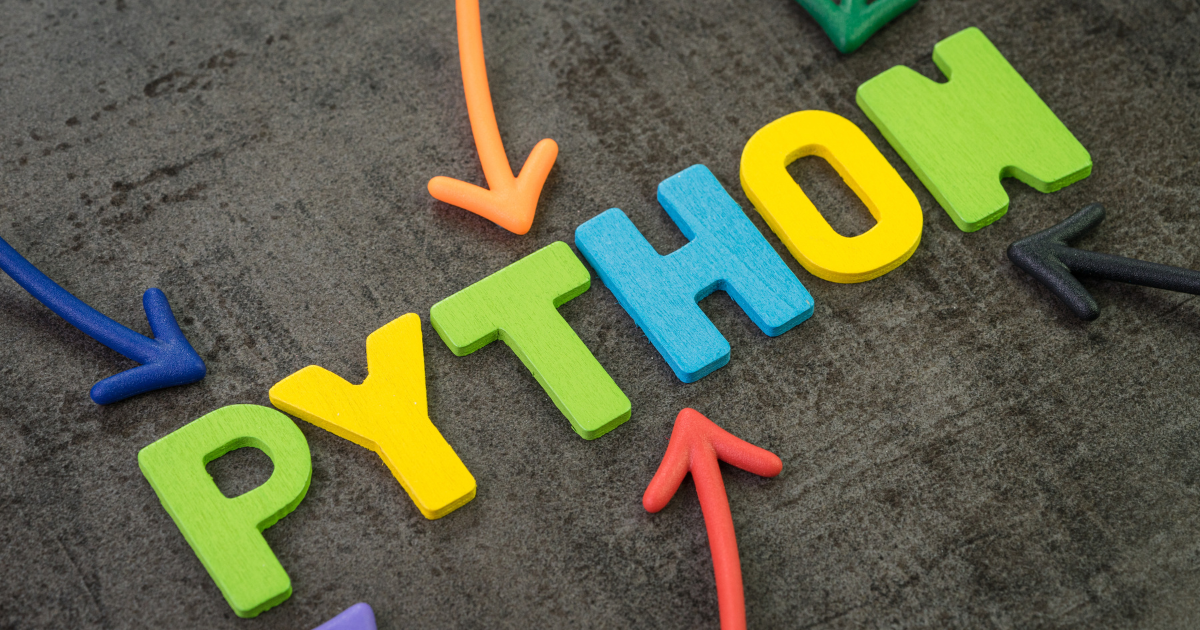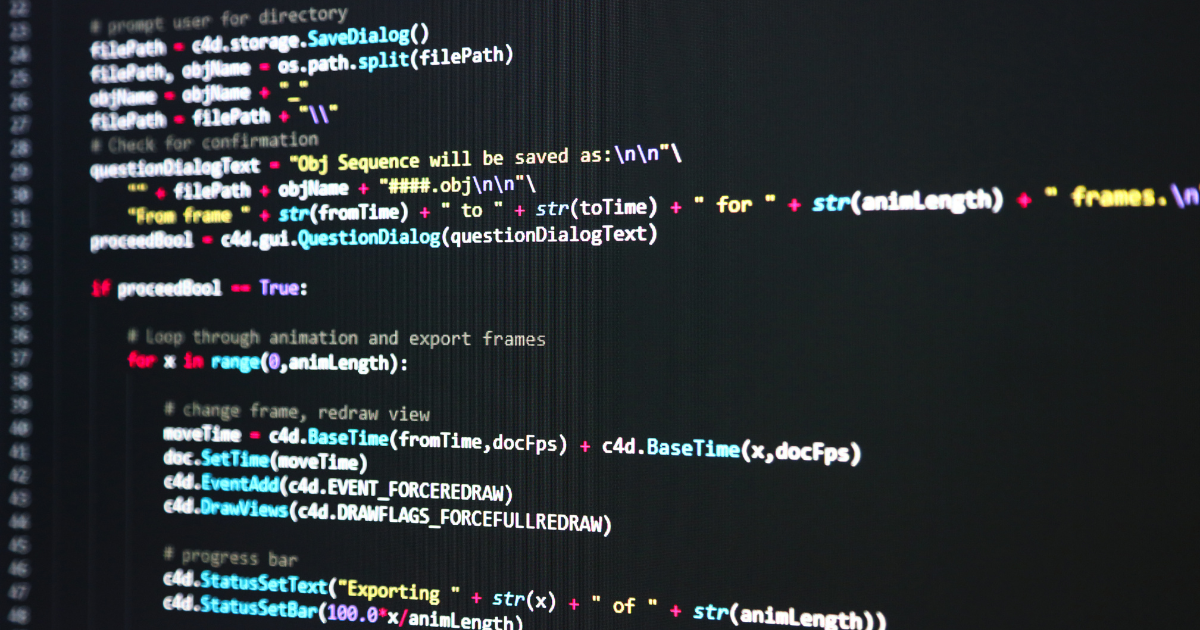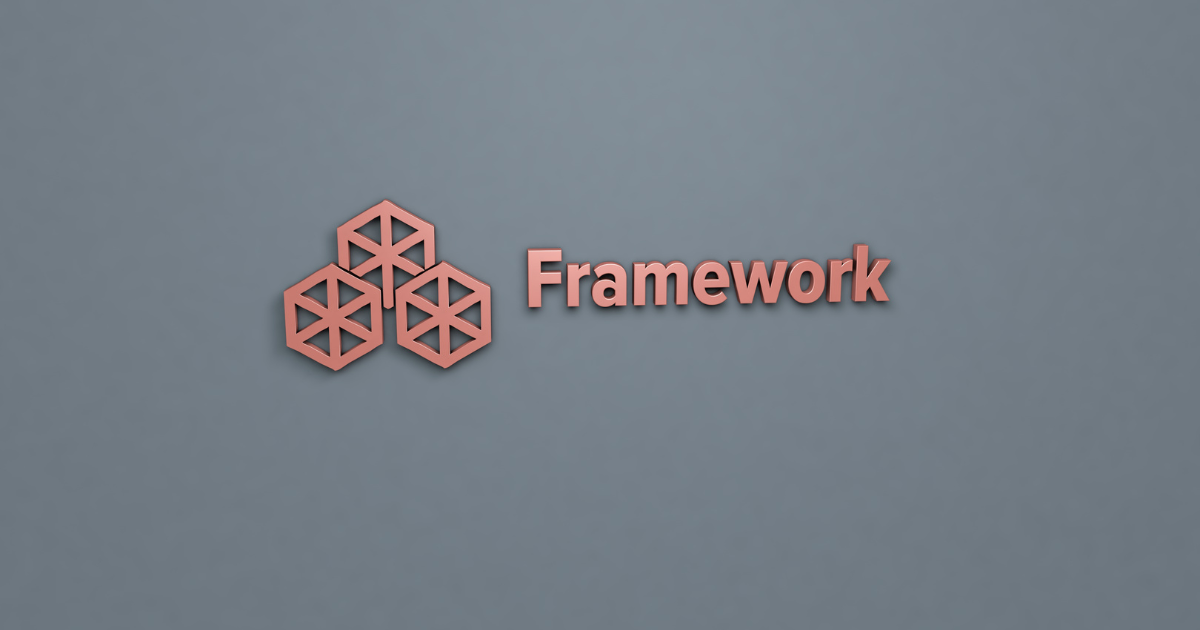The Ultimate Guide to Python Development Frameworks

In this article, we’ll introduce you to some of the most popular Python development frameworks. We’ll discuss the pros and cons of each framework, and we’ll help you decide which one is right for you. Let’s get started!
What Is a Python Development Framework?
In the world of Python development, a framework is a type of library that provides comprehensive support for a given development activity. This includes things like scaffolding, testing, packaging and deploying your code.
There are many different Python development frameworks to choose from, but some of the most popular ones include Django, Flask, Pyramid and Tornado. Each one has its own set of strengths and weaknesses, so it’s important to choose the right one for your project.
Popular Python Frameworks
In the Python world, there are three main development frameworks: Django, Flask, and Pyramid. Let’s take a closer look at each of them.
Django is a high-level framework that helps you build complex websites quickly and easily. It’s great for larger projects, and has been used by organizations such as The Guardian, Instagram, and Disqus.
Flask is a microframework that’s popular with developers who need a lightweight and fast way to create web applications. It doesn’t have all the features of Django, but it makes up for it with its flexibility and ease of use.
Pyramid is somewhere in between Django and Flask in terms of complexity and features. It’s perfect for projects that need more than a simple web application, but don’t require all the features of Django.
Benefits of Using Frameworks
There are many benefits to using frameworks when developing in Python. A framework can help you save time and money, while making your development process more efficient and streamlined.
Frameworks provide you with a skeleton that you can build upon, which can help you avoid starting from scratch with each project. They also come with pre-built functionality, so you don’t have to spend time writing code that you could be using to actually build your application. Additionally, frameworks are often maintained by large communities of developers, so if you run into any problems or have questions, there’s a good chance that somebody has already asked and answered them.
How to Choose the Right Framework
Now that you know the different types of Python development frameworks, how do you choose the right one? Here are a few factors to consider:
– The size of the project: If you’re working on a small project, a microframework might be all you need. But if you’re working on something large and complex, you’ll want to choose a full-featured framework.
– The team’s skill level: If you’re working with a team of experienced developers, they’ll likely be able to take advantage of the advanced features in a full-featured framework. But if you’re working with less experienced developers, a microframework might be easier for them to learn and use.
– The project’s requirements: What kind of functionality does the project need? If it needs to support a lot of users or handle large amounts of data, you’ll want to choose a framework that’s designed for scalability.
Keep these factors in mind as you evaluate the different options, and you should be able to find the right Python development framework for your project.
Common Pitfalls to Avoid
When you’re choosing a Python development framework, there are a few common pitfalls you’ll want to avoid.
First, make sure you pick a framework that’s well-supported. There’s nothing worse than starting a project, only to find out later that the framework you’ve chosen doesn’t have the active community or resources you need to keep things moving.
Second, be aware of performance issues. Some frameworks are simply too slow for certain tasks. If speed is important to you, make sure you do your research and pick a fast framework.
And finally, make sure you choose a framework that’s flexible. You don’t want to be stuck with a framework that doesn’t allow you to change or adapt as your needs evolve.
Tips for Successful Framework Execution
Here are a few tips to help you get started with your Python development framework:
– Do your research: Not all frameworks are created equal. Some are better suited for specific tasks than others. Make sure you choose the right framework for your needs.
– Be patient: Learning a new framework can be daunting. Give yourself time to get familiar with the syntax and conventions. You’ll get the hang of it eventually.
– Seek help: If you’re having trouble, don’t be afraid to ask for help from the community or from the developers of the framework itself.
– Get involved: Once you’re comfortable with a particular framework, consider contributing to its development or helping others who are just starting out.
Conclusion
When it comes to Python development frameworks, there are a lot of options to choose from. The best one for your project depends on the specific needs of your project.
In this guide, we’ve introduced you to some of the most popular Python development frameworks. We’ve also given you some tips on how to choose the right one for your project.
We hope you find this guide helpful. Happy coding!












